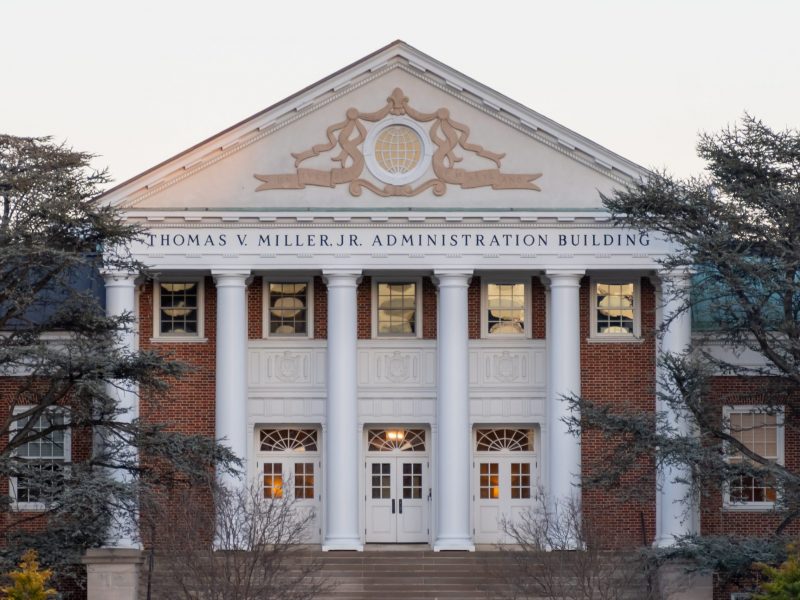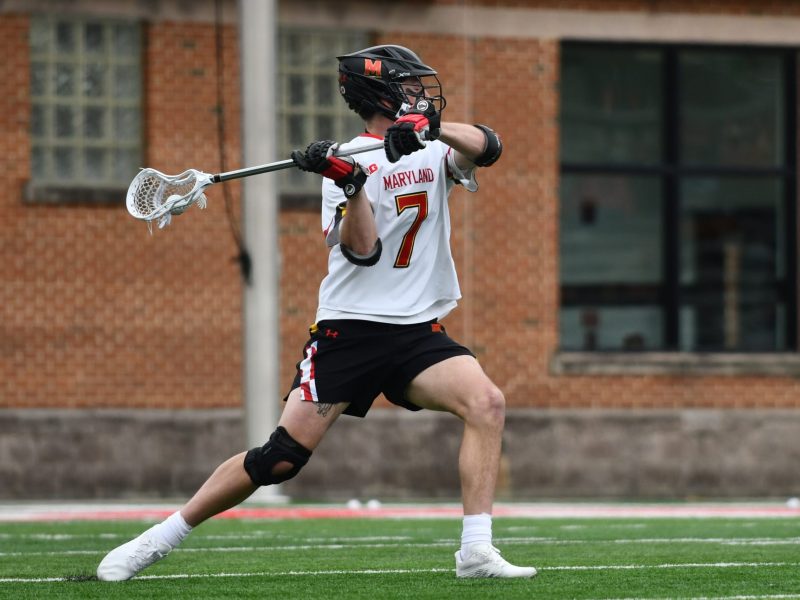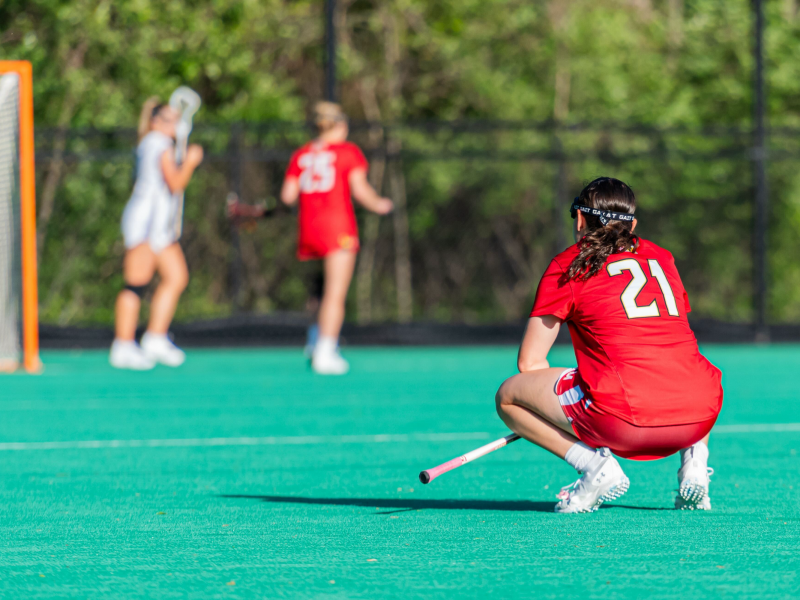[Editor’s note: This is the ninth part of a bi-weekly series that will run through May chronicling significant events in the university’s history in honor of its 150th anniversary this year.]
By Jeff Amoros
Someone looking at the university’s yearbooks from end of the 1960s would hardly recognize that it was the same campus from the beginning of that decade. In the 1960 yearbook, straight-laced students attending classes, Homecoming and Greek events stared back from the photos on the pages. By the end of the decade they had been replaced by long-haired hippies – or “flower children” – smoking on McKeldin Mall, attending rallies and holding protests.
Change was the central theme at the university during the decade: more students, better programs, higher recognition and the rumblings of encroaching unrest and protests. The university changed in the 1960s from an athletic powerhouse to one of the top research schools in the country, while at the same time becoming a hotbed for the political and social activism that characterized the decade.
In his introduction to Forty Years as a College President: Memoirs of Wilson Elkins, historian George Callcott wrote, “The years from 1960-1968 were an academic golden age, never equaled before, and destined to be a pinnacle for a long decline.”
The decade began with Wilson Elkins entering his seventh year as university president. During the 1960s, Elkins’ focus on academics began paying off as the university’s stature began rising swiftly. Research grants rose from $2.5 million in 1954, the beginning of Elkins’ tenure, to $32.7 million in 1970, while moving focus away from agriculture to the physical sciences.
Elkins’ concern with improving academics was in part caused by the Middle States Association’s threat to take away the university’ accreditation in 1954. Elkins reformed academics greatly in about a year, said university archivist Anne Turkos, and continued to emphasize academics even after accreditation was secured.
In 1964, Phi Beta Kappa, a selective national honor society, started a campus chapter after previous requests to establish a chapter had been rebuffed in the 1930s and 1940s because academics weren’t up to par. For the icing on the cake, the American Association of Universities accepted the university into its membership ranks, establishing the university as one of the top 50 research institutions in the country.
Meanwhile, the population of the campus grew at an almost exponential rate due to the coming-of-age baby boomers. Enrollment went from 14,000 students in 1960 to 26,000 in 1965 before capping off at 35,000 in 1970.
The growth in the population led to a number of changes to accommodate the seemingly neverending flow of high schoolers applying for admission. University of Maryland, Baltimore County, opened its doors in 1966 and admitted almost 3,000 students by 1970 – diverting part of the flow from the university, though not for long.
“Enrollment was soon increasing again, and as even more students clamored for entry, the higher the standards could rise,” wrote Callcott in The University of Maryland College Park, a History.
A growing student body also meant the university needed to increase the size of its facilities. During the decade, construction projects on the campus included many of the North Campus dorms, Tydings Hall, Jiminez Hall, the Computer and Space Sciences Building, the University Health Center and Tawes Fine Arts Building. From 1954 to 1970, the value of the university’s physical plant rose from $37 million to $159 million.
Among the new features of the university was a federally funded cyclotron – a specialized piece of equipment that acts as a particle accelerator – built by the physics department. In Elkins’ Memoirs, he said the university lost a grant for a cyclotron to Texas A&M University before President Lyndon Johnson contacted Elkins about hiring a university economics professor to become Johnson’s Budget Director.
According to Elkins, he gave Johnson the green light, while mentioning how much the university wanted a cyclotron. Funding for the project was approved the next year.
In History, Callcott wrote of the changes in the country’s mindset during an era that made a college education important.
“In any case, a college education – and the best one possible – had become central to the middle class respectability to which almost everyone aspired,” Callcott wrote.
The decade also saw a change in the social climate of students on the campus, as the Civil Rights Movement started at the university with a sit-in organized by students sought to desegregate bowling alleys, integrate the ACC and support black athletes.
There was a general rebellion against in loco parentis – “the long-standing practice by which the university served as parents who dictated the dress, behavior, and living arrangements of its children,” Callcott wrote.
Those changes in student mindset were evident in the Terrapin yearbook.
In the 1960 edition, the staff focused on athletics, Greek life and school spirit. Women kept their hair short and wore conservative dresses and skirts, topping off the outfits with pearl necklaces. Men strove for the prep look, with neatly combed hair, khakis, jackets and ties.
By the 1969 edition, a fundamental change had occurred. Gone were the days of Greek life; by 1970, fraternity and sorority membership had plummeted to 11 percent of the university’s enrollment. In 1955 its enrollment had been around 16 percent.
“It was the day of Haight-Ashbury, the commune, shared possessions, Woodstock 1969, Bob Dylan, the Beatles, drugs, psychedelic and exotic symbols,” Callcott wrote in History.
Replacing the staid, conservatively dressed, academically minded students of the early part of the decade were long-haired, radical students who saw protests as a part of their college experience. The 1969 Terrapin noted this juxtaposition, explaining first the conservative, then introducing “the hippie.”
“Bold clothes, colors, and ways of thinking – where the emphasis is on EXPRESSION,” the Terrapin staff wrote.
The outrage and detachment of the hippie era would come to define the university’s next decade, fraught with violent protests.
Contact reporter Jeff Amoros at amorosdbk@gmail.com.
March 15: Part 10 of the series explores the turbulent changes on the campus during the 1970s.


